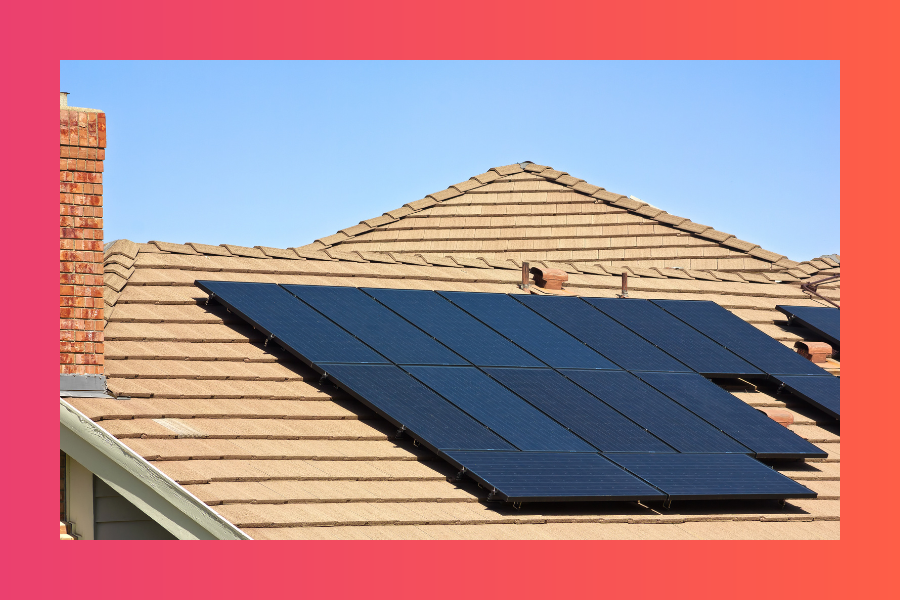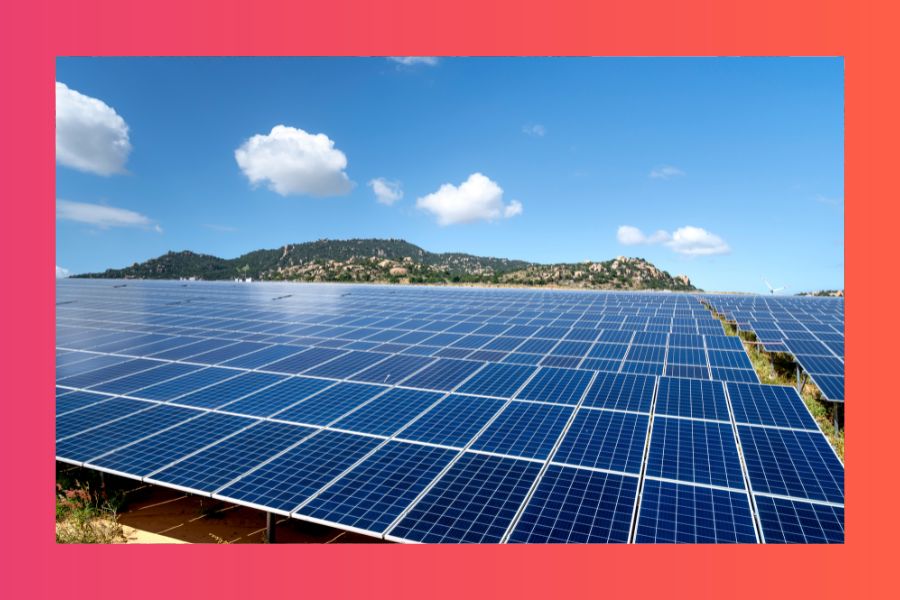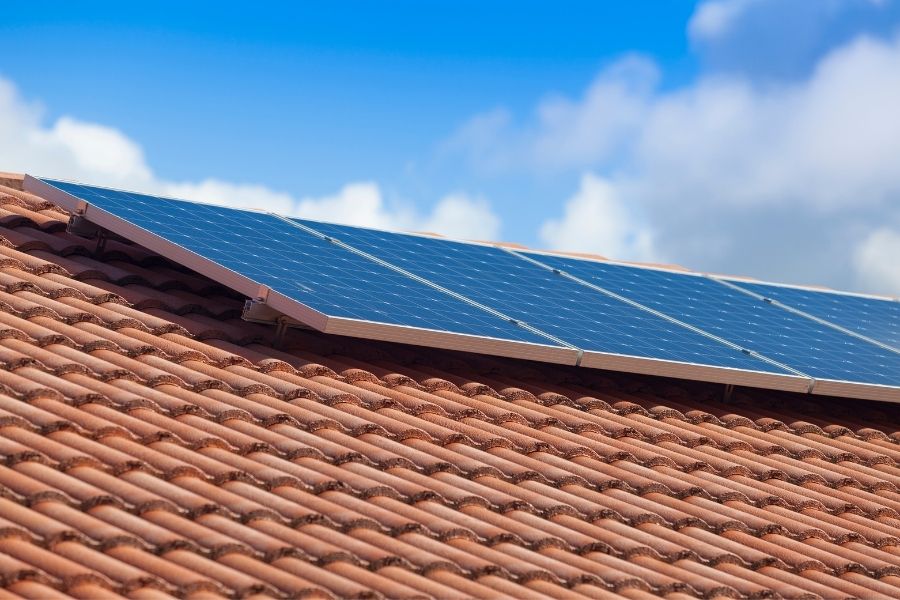Mid-2022 finds many Australian households confronted with a soaring cost of living. They’re seeing it with their grocery and car bills, and at home with rising electricity bills. So why are prices spiking? And what avenues exist in the energy space to help alleviate them?
Why Costs Are Rising
At the outset it’s important to spend some time detailing some key factors behind these prices. For many of our readers the causes will already be known, but for others - though they will have certainly heard about these factors in a general sense - they may have not yet come across the precise connections that link the cause and effect of these issues.
The war in Ukraine is commonly cited as a major contributor to inflation - but it’s not the only one. Furthermore, the floods seen in Australia over the past year have been very disruptive to agricultural output. In the energy sector, there’s the problem of demand being placed on old coal power stations, which have problems with reliability. These aren’t the only elements currently hurting Aussie bank balances - recent interest rate rises are another - but they’re indeed among the major contributors to the present cost crisis.
So When Will Relief From These Prices Come?
It’s held that eventually the cost of goods relative to earnings will obtain a better balance once more down the line. In turn, if some particular factors currently contributing to this problem were to rapidly change - for instance, if the war in Ukraine did come to an end soon - then we could anticipate (eventually) a reverse in the recent price rises of many goods that can be directly attributed to it. This said, the reality is that on the facts at hand, we’re unlikely to see such a quick resolution to a number of these aforementioned problems. Indeed, unfortunately - given multiple problems are contributing to the current soaring cost of goods - even if one problem resolves the others will still remain, keeping costs uncomfortable.
The New Australian Government Will Need Time to Generate a Nationwide Energy Fix
The energy crisis in Australia has no rapid or easy solution. It’s a reality that the former Coalition government failed to properly plan and invest in a future for renewables, during their time in office over the better part of the past decade. What’s more, this failure was deliberate, owing to the Coalition’s support for the outdated and creaky fossil fuel industry. This terrible track record with green energy by the former government is a big part of why Australians in 2022 are reckoning with a horrific rise in energy costs.
The current Albanese Labor government clearly intends to grow renewables more seriously. It must be noted their current policies surrounding coal and net zero are - while certainly better than the former Coalition government - also far from perfect. Nonetheless, new renewable infrastructure will take time to get into place, and the government only came to office following the May 21 election last month. So, any positive progress in this area can’t be expected to rapidly - think years, instead of weeks or months - deliver results.
Multiple Solutions for a Multi-Faceted Problem?
To recap, inflation is an issue that governments all across the world are dealing with, and for various reasons. Even were the war in Ukraine to end tomorrow, other factors like Covid-19 are driving inflation. Neither the agricultural shortages or the energy crisis in Oz has a quick fix. So, while there are certainly some levers available to government and business leaders in terms of being able to deliver some temporary pain relief to the finances of Australians, overall, it’s in the medium to long term that effective solutions pursued now would first bear fruit. In turn, it’s only in these time periods that we could expect to see a real drop in costs currently seen - but there’s a caveat to this.
Expect Price Alleviation Instead of Restoration
The unfortunate reality is, even if the cost of many goods will drop once more, usually once prices go up, they rarely go back down to exactly what they were previously. While shoppers who’ve recently seen lettuce advertised for $12 can expect prices will return to a more reasonable sum, even before this year - and even before the pandemic - the rising cost of living was outpacing the growth of wages in Australia among many households. An insight into this is provided by Australia’s Parliamentary Library (APH). It’s held by the APH between 2009 and 2019 inflation - as measured by the Consumer Price Index - rose over 23%. Accordingly, factoring in this likelihood in future, and taking steps to address it - in lieu of expecting a return to the past - is how many will ultimately navigate the road out of this current crisis.
How Rooftop Solar Power Can Help Cut Energy Costs
Once operational, a rooftop solar system can help drive down a household’s electricity bills. It can also provide a buffer against any future rises in electricity costs. Furthermore, it can come to serve as the epicentre for a range of household tech and techniques which can collectively reduce annual utility costs substantially.
Of course, some among our readers are not yet able to actively consider acquiring solar. They may not live in their own home, are presently too busy elsewhere with other matters, or perhaps another factor in play means it’s just not the right time now to consider solar. If so, other beneficial steps can still be taken, such as looking into what arrangements may exist surrounding a default market offer/a default price offer in the relevant Australian state or territory, to assist in comparing an existing current cost for electricity with that of other providers.
For those who could pursue a rooftop solar system now, arguably, there’s never been a more worthwhile time to do so. In addition to the resources outlined above, further reading on rooftop solar can be found here, here, and here.




